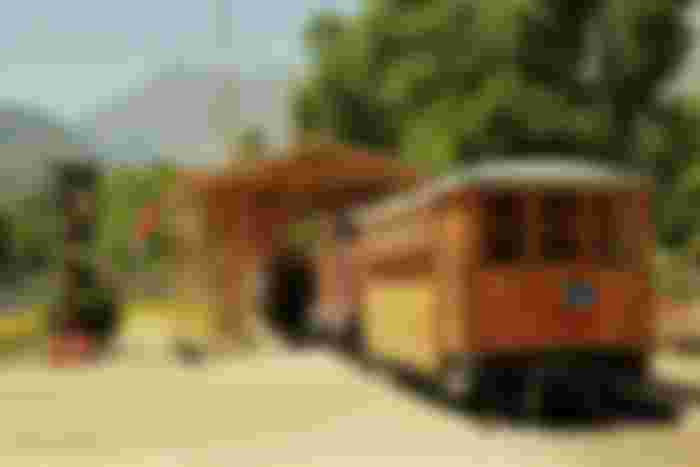About 14,000 years ago, certain human groups traveled through the valleys and coasts of central Chile, as attested by the findings of San Vicente de Tagua Tagua. But the arrival of the first groups in Cajon del Maipo is later, as the entrance to the mountain range was limited by the presence of large glaciers. Over time the ice masses decreased and conditions for vegetation growth, the appearance of fauna and, of course, the incursion of humans were improved. Over time, these groups managed to start agriculture and livestock. A good example is the Aconcagua culture, which settled in the area between the ninth and 15th century approximately. Then, in the fifteenth century, the Cajon del Maipo was part of the Inca empire! The clearest evidence is the so-called "Momia del Plomo" found by a group of harriers and miners in 1954

In the sixteenth century the Spanish conquest brought about profound changes over this native population. Over the years mining began to develop strongly, with the exploitation of one of the country's first silver mines, "San Pedro de Nolasco". Soon, in 1792 Don Ambrosio O'Higgins founded the "Villa de San José de Maipo", given the need for settlement of these mining communities. This activity takes place strongly between the nineteenth and twentieth centuries, being the central node of the activity the current village El Volcán.
This identity continues to evolve and currently this commune opens up to visits arriving from the capital, which has gradually installed a new identity in the Cajunoninos and Cajunins.
Tangible and intangible cultural heritage:
Hundreds of years in the heart of the Andes Mountains, along with glaciers, rivers and condors, have forged the culture and identity of Cajon del Maipo. The vastness of the mountain has determined not only the future of our ancestors, but also of today's and surely future generations.
In cajon del Maipo there is a diversity of cultural traditions and manifestations that are transmitted from generation to generation; our intangible cultural heritage. The harriers with their skin tanned by the cold and dry air of the mountain have become the subject of inspiration of stories and songs. The miners, who hundreds of years ago found a way to extract silver and copper from the mountain, are the protagonists of mysterious legends. These same people are the ones who currently tell us their history and show us their traditions through tourism! Charles Darwin himself visited the Cajon del Maipo on his way through Chile, and marveled at being able to share with these special characters of this commune.
On the other hand, adobe houses, colonial-style houses, train stations and tunnels nestled in the mountain are part of the architectural seal of Cajon del Maipo; our material cultural heritage. Many of them are recognized as official Historical Monuments! This is the case of the Church and Parish House, El Manzano Chapel, Ex Sanatorio Laennec, and others associated with existing constructions along the route of the former military railway Puente Alto – El Volcán.
We invite you to soak up the history and culture of this mountainous territory!
Sites of historical and cultural heritage:
Typical Area and Parish Church of San José de Maipo:
In 2010 the historic center of San José de Maipo was declared a Typical Zone. This is a group of buildings that form a settlement representative of the evolution of society and that stand out for their materiality, constructive techniques or others. A good example is the Parish Church of San José, founded in 1798 and declared a Historic Monument in 1992. Its adobe structure and exposed oak-beamed sky are typical of the colonial architectural style that characterizes the buildings of downtown San José de Maipo.

Puente Alto Railway – The Volcano:
In the late nineteenth and early twentieth century the construction of the railway that connected the city of Puente Alto with the village Of El Volcán was developed. It was 60 kilometers of travel with nine seasons, being today remembered as a feat of engineering for the rocky and steepness of the territory. However, in 1985 the route is almost completely dismantled. Currently the Phoenix Project, of a railway, heritage and tourist nature, seeks to recover and put into operation the railway, restoring original locomotives and trains that formerly traveled through this commune.
I look forward to continuing to bring more content about my country and its culture, to foster a great idea of it, which will benefit us all I am sure.
I apologize for my English, as I had to use a translator to be able to make this article.



